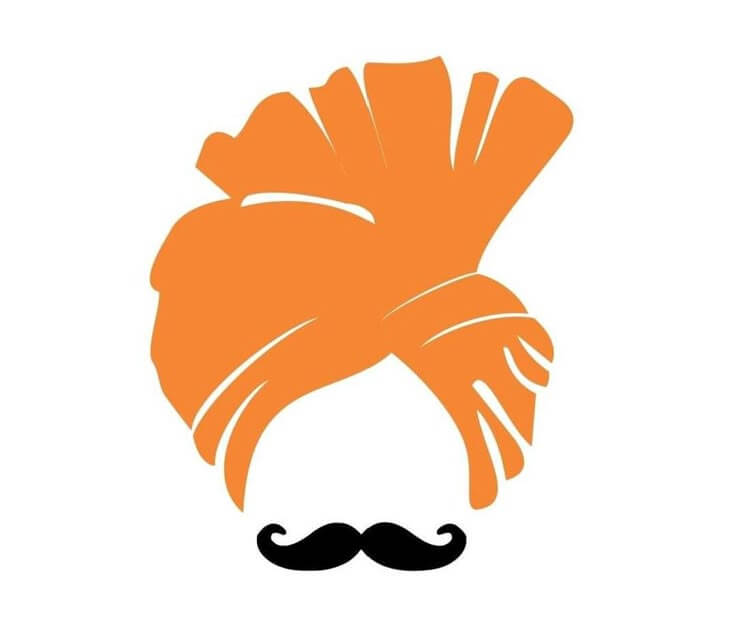Pateti or Parsi New Year is celebrated in July-August of the Gregorian calendar. This timeline is based on the Shahenshahi calendar, also known as the imperial calendar.
Pateti or Parsi New Year marks the establishment of the Persian Calendar by the Persian King Jamshed. The Zoroastrians, who mainly lived in Persia, were forced to leave their motherland when the Islamic armies invaded about 3,500 years ago. This led to the displacement and resettlement of the community across the world. In India, the community is known as Parsi, which is a literal translation of Persian. With them, the Zoroastrians brought their culture and harmoniously co-existed for centuries.
Parsi New Year is a special event for the Parsis in India. While Navroz is celebrated in the month of March every year, Pateti is based on the Shahenshahi calendar, which does not account for leap years.
On this day, Parsis don traditional attire and visit the fire temple, also known as the ‘Agiary,’ where offerings of milk, flowers, fruits, and sandalwood are made to the sacred fire.
The festivities revolve around the “Four Fs”: Fire, Fragrance, Food, and Friendship. The occasion involves indulging in delectable Parsi cuisine, exchanging greetings, and sharing gifts.
Food has a very important role to play in Parsi celebrations. The traditional breakfast served on this day is Ravo and Sev. Ravo is made preparing semolina, milk and sugar. Sev is fried and sweet vermicelli garnished with raisins and almond slivers. Parsis are non vegetarian and on this day they prepare some non-veg delicacies such as fish, chicken, etc. Lunch consists of Pulav topped generously with lots of nuts and some chicken and fish dishes. Sali-Boti and Patra-Ni-Macchi are two important non vegetarian food items cooked on this day. All through the day, people serve some sweets and a glass of Falooda to those who come home.
As symbols of prosperity and longevity, it is customary to adorn the festive table with auspicious items, including a sacred book, candles, a mirror, an image of Zarathustra, incense sticks, fruits, flowers, coins, and a bowl with a goldfish. This rich symbolism reflects the desire for a year filled with positive energies.


